African Crested Guineafowl
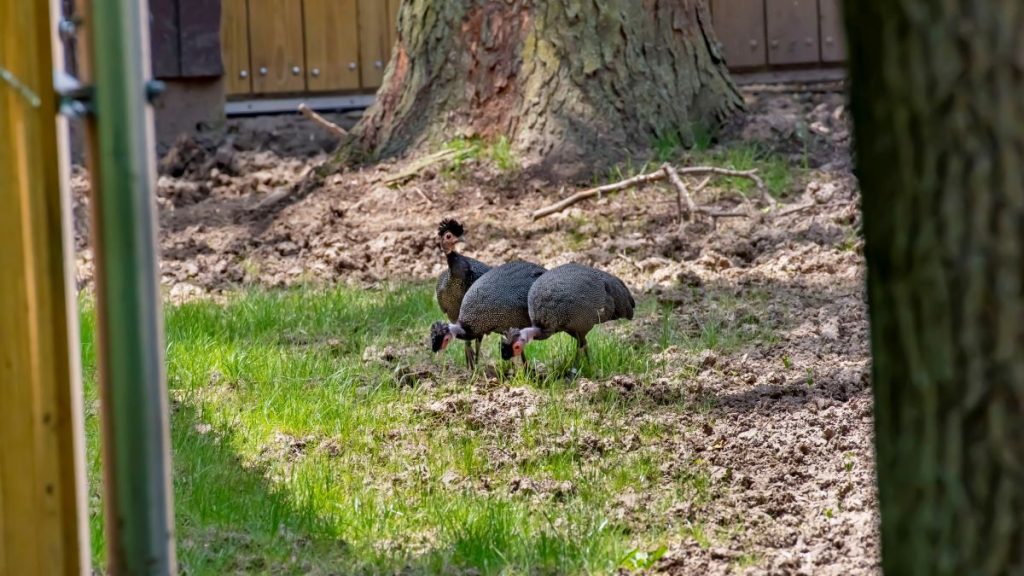
Also known as the eastern crested guineafowl, this distinctive bird has a chicken-size body covered in dark plumage with white spots. The skin around their eyes is red, while their petite head is topped by a mop-like crest of black feathers or “toupee.” Guineafowl are fairly talkative, social birds commonly found in flocks of 20, […]
Ostrich
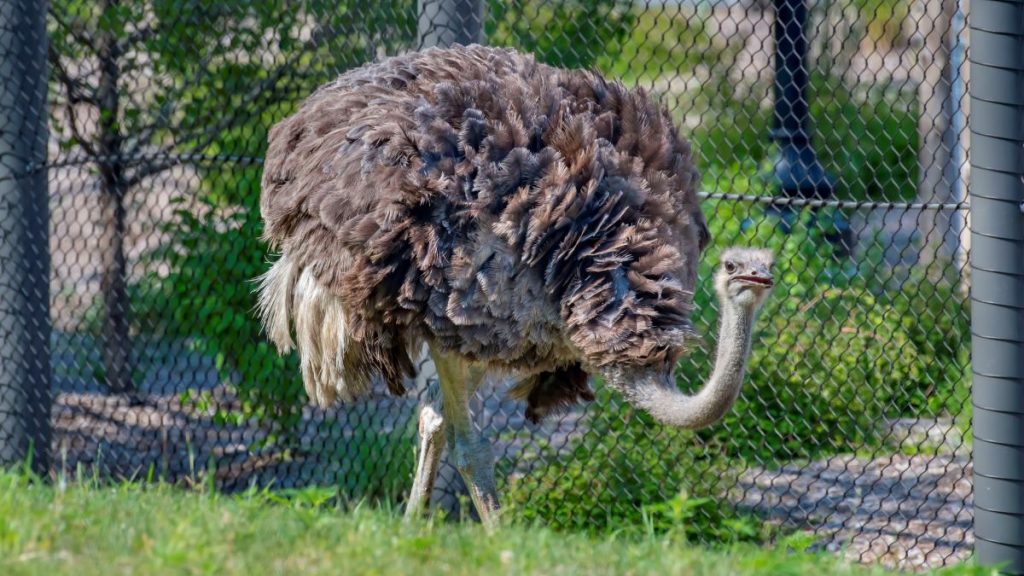
The ostrich is the world’s largest and heaviest living bird — but they are “flightless” and built for running. An ostrich’s stride can be 10-15 feet, and they can sprint at speeds up to 40 mph in short bursts. They can maintain a steady speed of 30 mph over distance too!
Impala
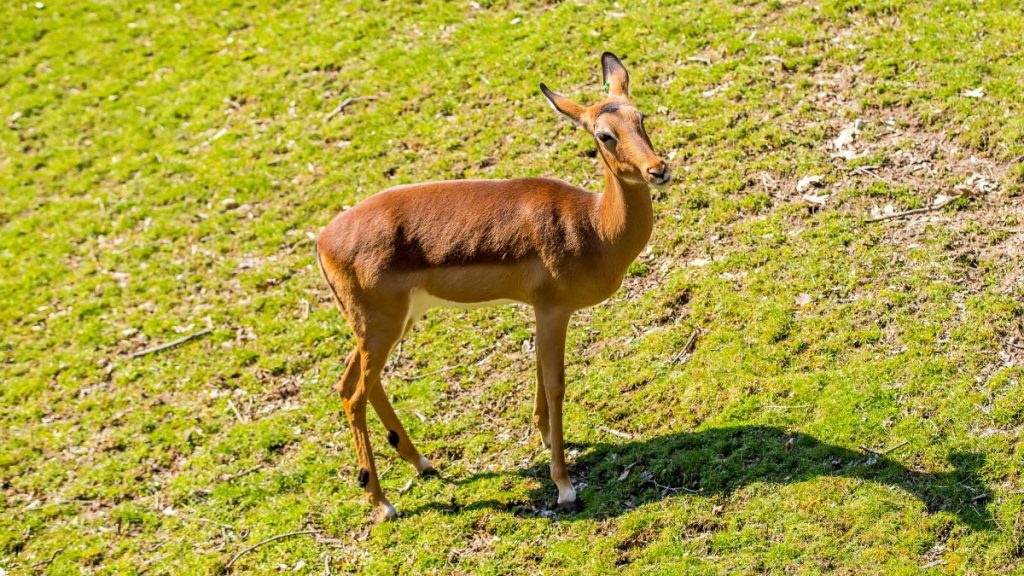
Impalas are known for their spectacular leaps of up to 9 feet high and 11 feet long. They can leap over bushes and even other impalas! And when startled or threatened by a predator, impala herd members explode in all directions, leaping from side to side, making it difficult for a predator to follow.
East African Crowned Crane
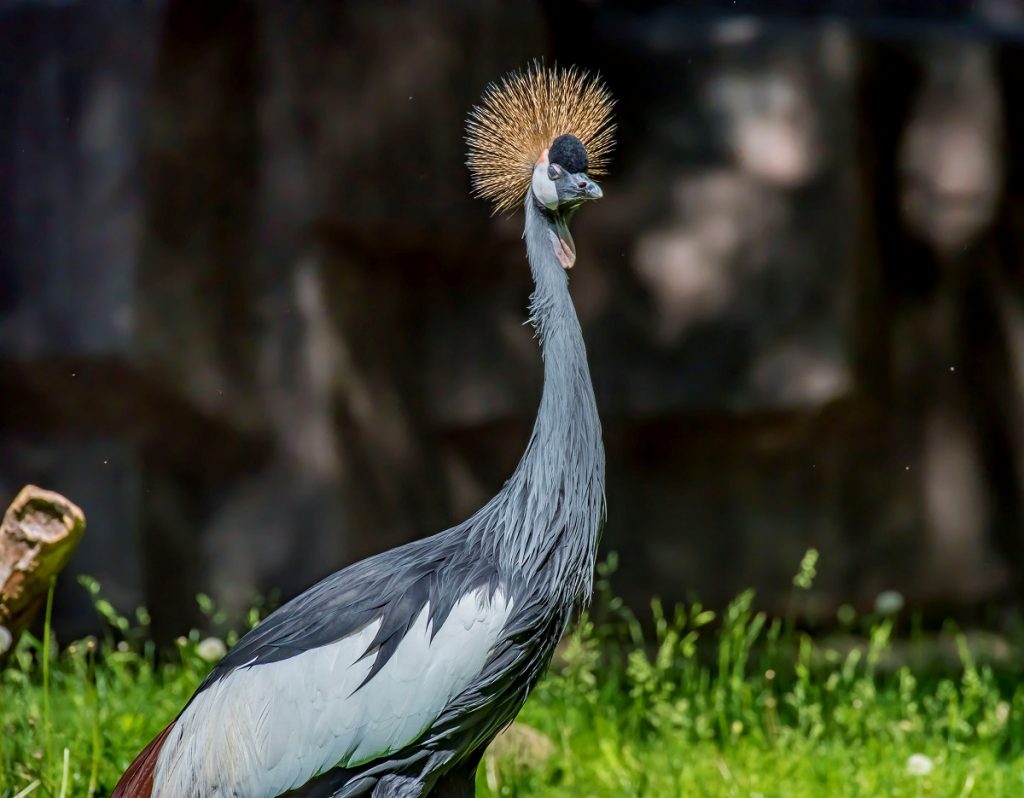
Also known as a gray crowned crane, this bird gets its name from the straw-yellow crown on its’ head. They’re omnivores and very, very hungry — they can spend their entire day looking for food. Unlike other cranes, East African crowned cranes nest in trees. As soon as the chicks hatch, they’re able to run.
Reticulated Giraffe
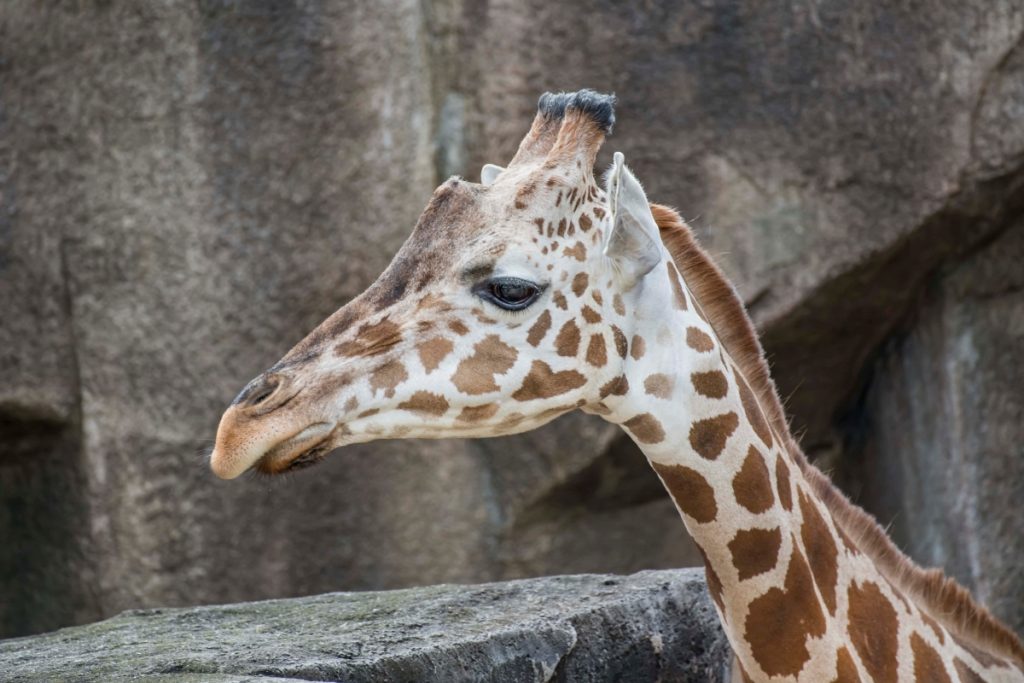
Giraffes only need 5 to 30 minutes of sleep in a 24-hour period! They often achieve that in quick naps that may last only a minute or two at a time. Giraffes can rest while standing, but they sometimes also lie down with their head resting on their rump. That’s a vulnerable position for a […]
Hippopotamus
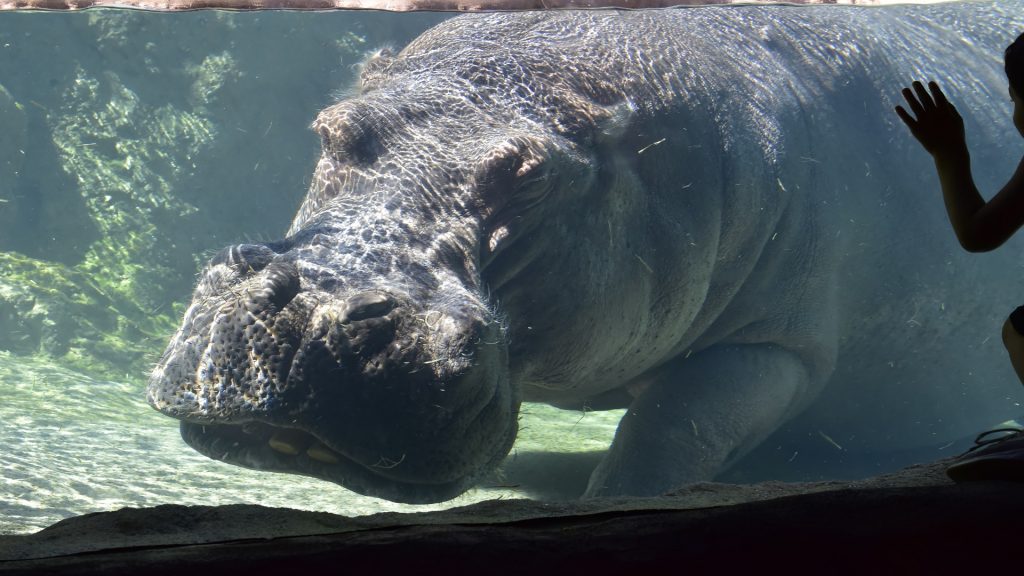
“Hippopotamus” comes from a Greek word meaning “river horse.” Hippos are not related to horses. Their closest living relative is the whale. An adult hippo can hold its breath underwater for up to 5 minutes!
African Elephant

The elephants that live on the African savanna have a huge influence on their ecosystem. As their herds move across the savanna, they feed on trees, breaking them up, often by pulling them up by the roots and crushing them. Without this tree clearing, the savanna would quickly grow from grassland to woodland.
Eastern Bongo

The Eastern, or mountain, bongo is the largest and heaviest forest antelope. Both female and male Eastern bongos have spiraled, u-shaped horns that grow up to 40 inches long, which they keep their entire lives. Since they live in dense forests, the horns of Eastern bongos usually point backward, allowing them to better navigate their […]